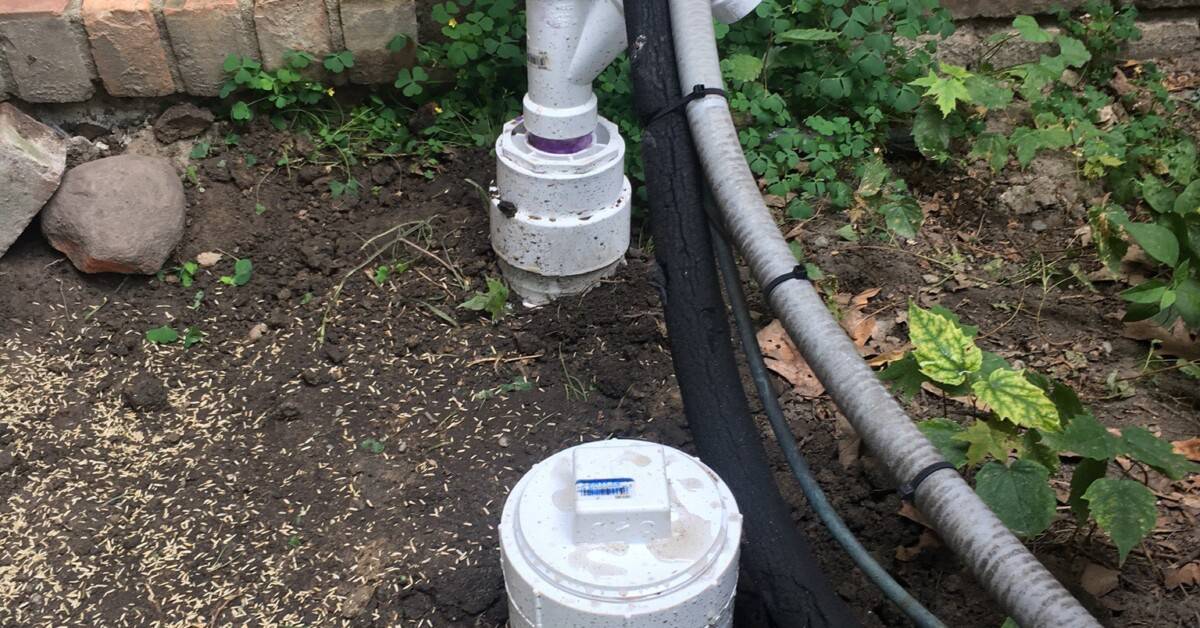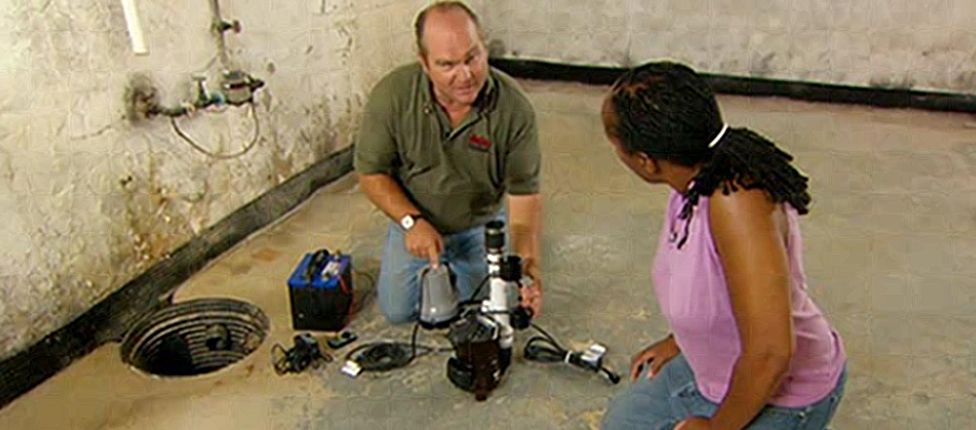Straightforward Tips for Maintaining Your Sump Pump
Straightforward Tips for Maintaining Your Sump Pump
Blog Article
We have found the article relating to Cleaning & Maintenance Tips for Your Home's Sump Pump directly below on the internet and concluded it made good sense to talk about it with you on this site.

Sump pumps are important parts in lots of homes, particularly in locations vulnerable to flooding or excessive moisture. They help prevent water damage by efficiently getting rid of excess water from cellars or crawl spaces. However, like any other device, sump pumps need routine upkeep to guarantee they work successfully when needed the most. Cleansing your sump pump is an important part of its maintenance, and comprehending how to do it properly can conserve you from expensive repair services and prospective calamities.
Intro
Maintaining a tidy sump pump is crucial for its appropriate functioning and durability. Neglecting this necessary job can bring about blockages, malfunctions, and inevitably, water damages to your residential property. Therefore, finding out exactly how to clean a sump pump is important for house owners who count on these tools to maintain their cellars dry and safeguarded.
Comprehending the Sump Pump
Before diving right into the cleaning procedure, it's necessary to have a standard understanding of just how a sump pump works. Normally set up in a pit or container listed below the basement flooring, a sump pump contains a number of crucial elements, consisting of a pump, a float switch, and a discharge pipe. When water collects in the pit, the float button turns on the pump, which then pumps the water out via the discharge pipe, away from the building's foundation.
Indications of a Dirty Sump Pump
Knowing when your sump pump needs cleaning is crucial for preventing potential malfunctions. Some usual signs that suggest a dirty sump pump consist of unusual noises throughout procedure, lowered water circulation, and noticeable debris in the pit. If you observe any one of these signs, it's necessary to clean your sump pump promptly to avoid any more issues.
Getting ready for Cleaning
Before you start cleansing your sump pump, it's vital to take some security preventative measures. Begin by turning off the power to the pump to avoid any type of electric accidents. Furthermore, wear proper protective equipment, such as handwear covers and safety glasses, to shield yourself from dirt, debris, and potential virus.
Detailed Guide to Cleaning Up a Sump Pump
Turning off the Power
Begin by separating the power supply to the sump pump to stop any type of accidents while cleaning.
Removing Debris and Dust
Make use of a pail or a scoop to eliminate any kind of visible particles, dirt, or debris from the sump pit. Dispose of the particles properly to stop it from clogging the pump or the discharge pipe.
Cleansing the Pump and Float Switch Over
When the pit is clear of debris, thoroughly eliminate the pump from the pit. Examine the pump and the float switch for any kind of indicators of damage or wear. Utilize a soft brush or towel to cleanse the surfaces and remove any type of gathered grime.
Flushing the System
After cleaning the pump and float button, flush the sump pit with clean water to remove any kind of continuing to be dirt or debris. This will aid guarantee that the pump operates smoothly and successfully.
Checking for Correct Functioning
Before reinstalling the pump, execute a quick examination to make sure that the float switch triggers the pump correctly. Put some water right into the sump pit and observe the pump's operation. If whatever is working correctly, you can rebuild the pump and reconnect the power supply.
Maintenance Tips to Maintain Your Sump Pump Clean
Along with regular cleansing, there are numerous maintenance suggestions you can follow to maintain your sump pump in optimum condition:
Conclusion
Cleaning your sump pump is a vital aspect of its upkeep and guarantees that it runs properly when you need it one of the most. By adhering to the actions described in this guide and incorporating regular maintenance right into your routine, you can expand the life expectancy of your sump pump and protect your home from water damage.
6 STEPS ON HOW TO CLEAN A SUMP PUMP PROPERLY
UNDERSTANDING SUMP PUMPS
Your sump pump plays a crucial role in protecting your home by managing and removing excess water. It primarily functions as a “shield”, guarding your basement against the damaging effects of water accumulation. The pump is housed in a sump pit in the lowest part of your basement, and its job is to pump out any water that collects there.
During heavy rainfalls or when snow melts rapidly, water can infiltrate your basement, posing potential risks like flooding, structural damage, and harmful mold growth. Here, the sump pump springs into action, pumping out the intruding water and directing it away from your home.
SAFETY FIRST
Before cleaning, remember to prioritize safety. Disconnect the sump pump from the power source to prevent any accidental electric shocks. Also, wear sturdy gloves to protect your hands from any sharp or dirty components within the pump.
REMOVE THE SUMP PUMP
After ensuring your safety, the next step is to remove the sump pump from its pit. Doing this might require careful maneuvering as you don’t want to damage any pump components. Once removed, clean the sump pit to remove any accumulated debris or sludge.
INSPECT THE PUMP
Inspect the pump for any visible signs of wear or damage. Check the power cord, float switch, and impeller housing. If any components look worn out or damaged, consider replacing them to ensure optimal performance.
CLEAN THE PUMP
Thoroughly clean the pump with warm, soapy water. Make sure to rid it of any dirt, gravel, or other debris that might impede its performance. You can use a toothbrush to clean the small, hard-to-reach parts of the pump.
REINSTALL THE SUMP PUMP
Reinstall the pump into the sump pit Make sure it’s positioned correctly to remove the water effectively Once it’s back in place, reconnect it to the power source TEST THE PUMP
Finally, pour some water into the pit to ensure the pump works correctly. It should start automatically and begin pumping out the water; if it doesn’t, check the power source and the positioning of the pump.
Remember, while cleaning your sump pump is an essential part of home maintenance, hiring a professional plumber for a thorough inspection and cleaning at least once a year is also important. This will ensure that your pump is in optimal condition, ready to protect your home from potential water damage.
BEST PRACTICES FOR CLEANING SUMP PUMP DISCHARGE PIPES
Regular Inspection: Regularly inspect your discharge pipes, especially during heavy rainfall or snowmelt periods. Look for any signs of blockage or damage. Early detection of problems can prevent serious issues down the line. Periodic Cleaning: Over time, sediment and debris can accumulate in the discharge pipes, impeding the flow of water. Regular cleaning helps keep the pipes clear and functioning efficiently. You can use a high-pressure water jet to effectively clean the pipes. Insulation During Winter: In colder climates, discharge pipes can freeze, blocking the outflow of water. Protect your discharge pipes from freezing temperatures by insulating them with foam pipe insulation. This will ensure the sump pump can continue to discharge water even in freezing conditions. Proper Positioning: The discharge pipe should be positioned to direct water away from your home’s foundation. Improper positioning can lead to water seeping back into the basement. Ensure the pipe is long enough and angled correctly. Installation of a Check Valve: A check valve prevents water from flowing back into your sump pit after the pump has pushed it out. Installing a check valve helps maintain the efficiency of your sump pump and reduces the risk of flooding. Minimize Pipe Turns: Every curve or turn in the discharge pipe can decrease the efficiency of water flow. By minimizing turns and bends in your discharge pipe, you can increase the efficiency of your sump pump. https://www.fullspeedplumbing.com/how-to-clean-a-sump-pump-properly9999/

I have been very excited about and I'm hoping you appreciated our blog post. Sharing is nice. You never know, you might be helping someone out. We treasure your readership.
Call Today Report this page